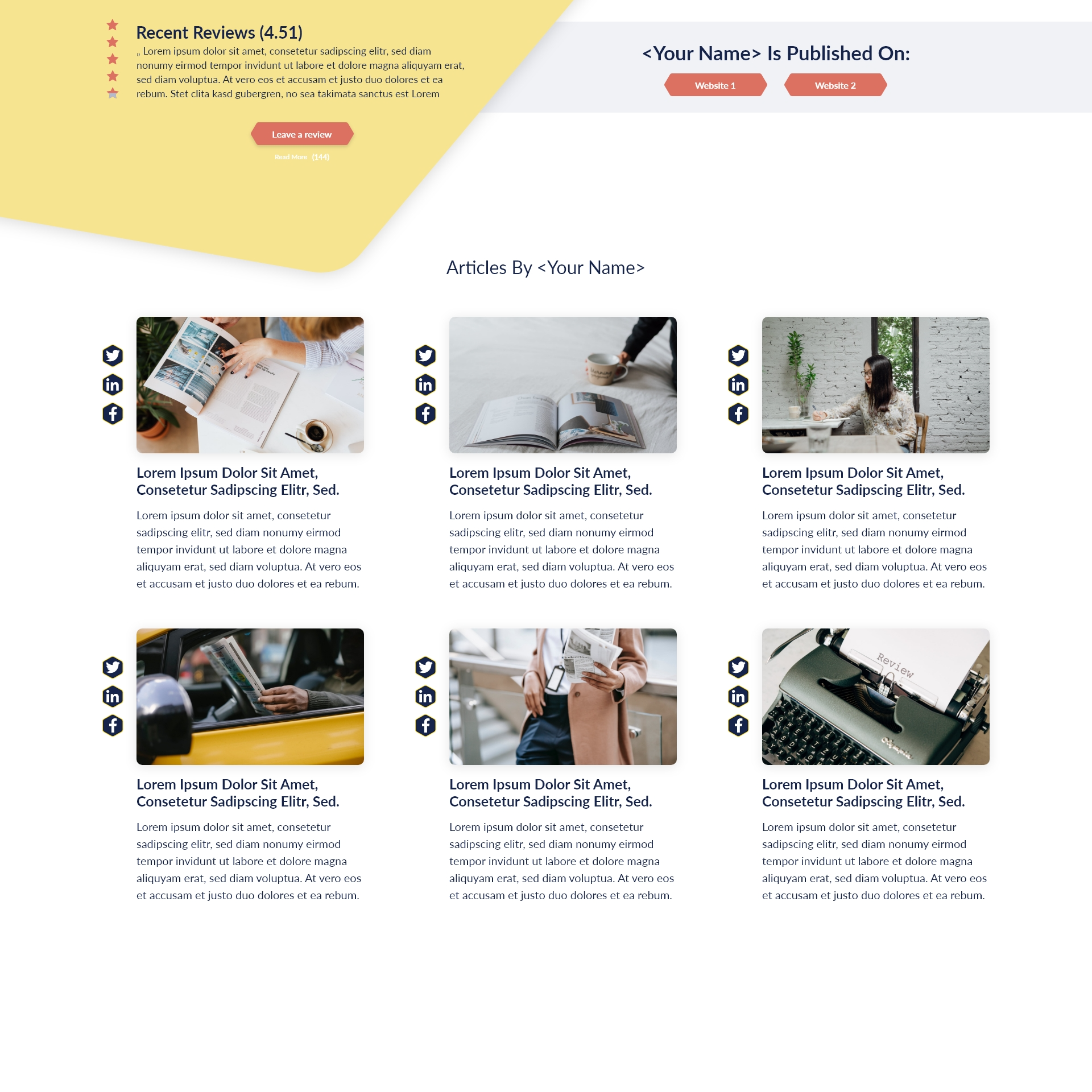Key Takeaways:
- Creating a feedback culture requires intentional leadership and continuous communication.
- Collaborative decision making empowers team participation and strengthens outcomes.
- Clear communication channels and regular reviews enhance alignment and productivity.
- Effective conflict resolution safeguards team dynamics and prevents future disruptions.
- Ongoing coaching and delegation help individuals unlock their potential and build trust.
Introduction
Effective leadership is the cornerstone of building a powerful feedback culture within any organization. As organizations strive to achieve greater agility and sustain high levels of performance, leaders play a critical role in guiding teams toward success. Cultivating an environment where feedback flows freely, decisions are made collaboratively, and every individual feels both empowered and accountable is essential. For federal employees managing significant responsibilities, implementing strategies that nurture a supportive feedback culture can lead to improved morale, stronger results, and greater alignment with organizational goals.
Collaborative Decision Making in Leadership: Foundations for Guiding Teams
How can leaders foster participation in group decisions?
The decision-making process often determines whether a team thrives or falters. Encouraging collaboration does not simply mean allowing everyone a vote; it involves creating avenues for input, ensuring psychological safety, and recognizing the value in diverse perspectives. Leaders can foster participation by:
- Soliciting input from all team members during meetings, including quieter voices.
- Implementing structured processes such as round-robin discussions or anonymous suggestion boxes when appropriate.
- Setting clear expectations that all contributions are valued and that honest feedback is welcomed.
- Modeling vulnerability by sharing their own perspectives and acknowledging when they do not have all the answers.
Empowering individuals to contribute to decisions not only strengthens the quality of outcomes but also builds confidence and trust in leadership.
Overcoming common barriers to collective decision making
Even with the best intentions, obstacles can impede collaborative processes. Common barriers include dominant personalities overshadowing quieter team members, fear of reprisal for dissenting opinions, time constraints, and unclear decision-making protocols. Leaders can address these challenges by:
- Rotating facilitation duties to ensure balanced participation.
- Reaffirming the value of differing viewpoints.
- Creating a clear, transparent framework for how decisions are reached.
- Providing training so team members understand consensus-building techniques.
Through persistent effort to reduce these barriers, leaders lay the groundwork for ongoing, meaningful participation from the entire team.
Effective Team Communication Strategies to Unify and Guide Team Members
Tools and techniques for seamless communication
Communication is the connective tissue of high-performing teams. Leaders can implement a variety of tools and approaches to facilitate seamless information flow, such as:
- Leveraging collaboration platforms (e.g., secure chat tools or project management software) for real-time updates.
- Establishing rituals like daily standups, brief huddles, or weekly wrap-ups.
- Setting group norms for response times and communication channels.
- Encouraging regular, structured feedback sessions where both positive and constructive insights are shared.
Signs your team’s communication needs improvement
Ineffective communication can stall progress, breed misunderstandings, and damage morale. Warning signs include:
- Missed deadlines due to unclear delegation or instructions
- Frequent misunderstandings or repeated clarifications
- Low engagement during meetings
- Team members expressing frustration about not being “in the loop”
Leaders who proactively address these symptoms by fine-tuning communication practices can ultimately drive better alignment and productivity.
Empowering Team Members for Success Through Delegation and Coaching Techniques
Balancing guidance with autonomy
An empowered team is one where guidance and oversight are balanced with autonomy. Delegation is not just about assigning tasks—it’s about entrusting individuals with meaningful responsibilities, providing clear objectives, and allowing space for ownership. Leaders should:
- Clearly define expected outcomes but allow flexibility in approach when appropriate.
- Regularly check in without micromanaging, focusing discussions on supporting growth.
- Celebrate initiative and creative problem-solving.
This approach encourages accountability and signals trust from leadership, which promotes greater engagement.
Coaching methods to unlock individual and group potential
Coaching elevates team performance by helping both individuals and the group overcome obstacles and develop needed skills. Effective coaching methods include:
- Asking open-ended questions that prompt self-reflection
- Offering timely, actionable feedback
- Setting personalized development goals for each team member
- Organizing group workshops focused on collaboration skills
Leaders who make coaching a consistent part of their approach foster environments where learning and development are prioritized, benefiting both employees and the organization as a whole.
Navigating Conflict Resolution in High-Performing Teams
Preventative steps leaders can take
Conflict, when managed well, can lead to innovation and stronger solutions—but it needs thoughtful stewardship. Preventative measures include:
- Establishing clear team norms regarding respectful communication
- Training team members in conflict identification and de-escalation techniques
- Maintaining regular check-ins to surface concerns early
- Clearly articulating processes for addressing grievances
By building a proactive culture around conflict management, leaders can prevent small issues from evolving into larger disputes.
Mediation approaches for complex team disputes
When disagreements become more entrenched, mediation may be necessary. Leaders can step in as neutral facilitators, or if needed, bring in third-party mediators to ensure impartiality. Key mediation strategies involve:
- Encouraging all parties to articulate their perspectives and desired outcomes
- Focusing on shared goals rather than individual positions
- Working collaboratively toward mutually beneficial solutions
Effective mediation not only resolves immediate issues but also establishes a healthy blueprint for addressing future conflicts.
Facilitating Team Alignment with Organizational Goals and Measuring Team Performance
Setting and tracking key performance indicators
Clarity and measurement are vital for alignment. Leaders should:
- Define team-specific, measurable KPIs that clearly relate to broader organizational goals
- Review KPIs with the team regularly, ensuring understanding and buy-in
- Analyze performance data to recognize trends or areas needing adjustment
Transparent tracking helps teams see the impact of their contributions, inducing a sense of purpose and accomplishment.
Best practices for ongoing team alignment check-ins
Alignment is not a one-time achievement, but an ongoing process. Leaders should:
- Schedule regular team alignment meetings to revisit goals and progress
- Encourage open feedback about obstacles, shifting priorities, or changing circumstances
- Adjust approaches collaboratively as needed to stay on course
These practices keep teams connected to the mission and able to pivot efficiently when organizational priorities evolve.
Take the Next Step
Cultivating a feedback-rich culture and empowering teams requires a strategic approach rooted in effective leadership. Leaders who develop collaborative decision-making, streamline communication processes, coach for development, and actively manage conflict and alignment can transform team dynamics and drive organizational results. By committing to these strategies today, federal employees and organizational leaders can ensure that their teams remain resilient, motivated, and aligned with the broader mission for lasting success.








